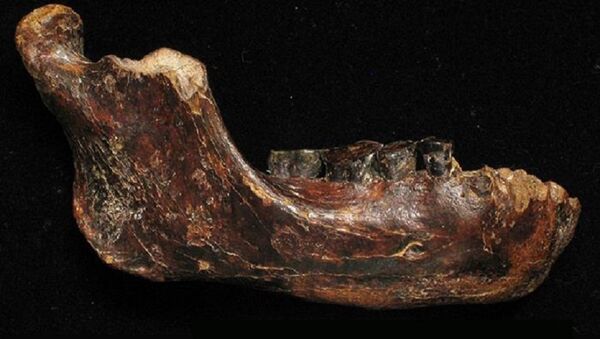MOSCOW, January 28 (Sputnik) – A fossilized lower jaw found by the Taiwanese fishermen working in the Penghu Channel indicates that a previously unknown human species lived in Asia as far back as 200,000, researchers say.
Although Homo sapiens are the only surviving human lineage, there were other human species or hominin roaming the earth. These include Homo erectus, believed to be our direct ancestors, Neanderthals and their close relatives Denisovans, as well as hobbit-like Homo floresiensis.
The fossil discovered in Taiwan might add another name to the list.
However, the jaw and the remaining teeth are larger and more primitive than what is common for that timeframe, according to researchers. Homo erectus of that era usually had smaller jaws and teeth. Still more research is needed to support or refute the claim.
"Whatever its origin was, this robust-jawed hominin highlights diversity of archaic occupants in the Middle-Late Pleistocene continental Asia before the appearance" of the modern human some 40,000 years ago, researchers pointed out.





